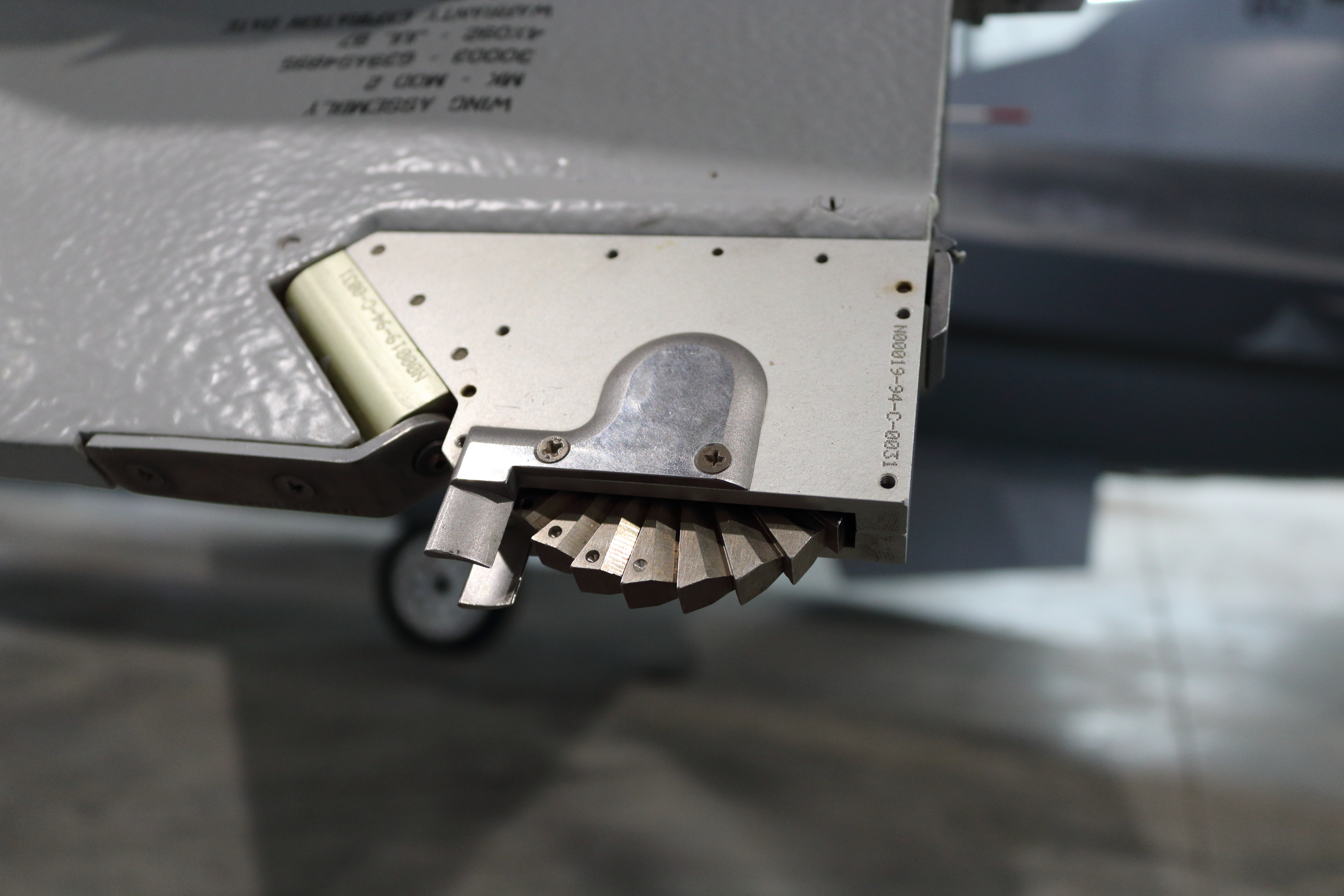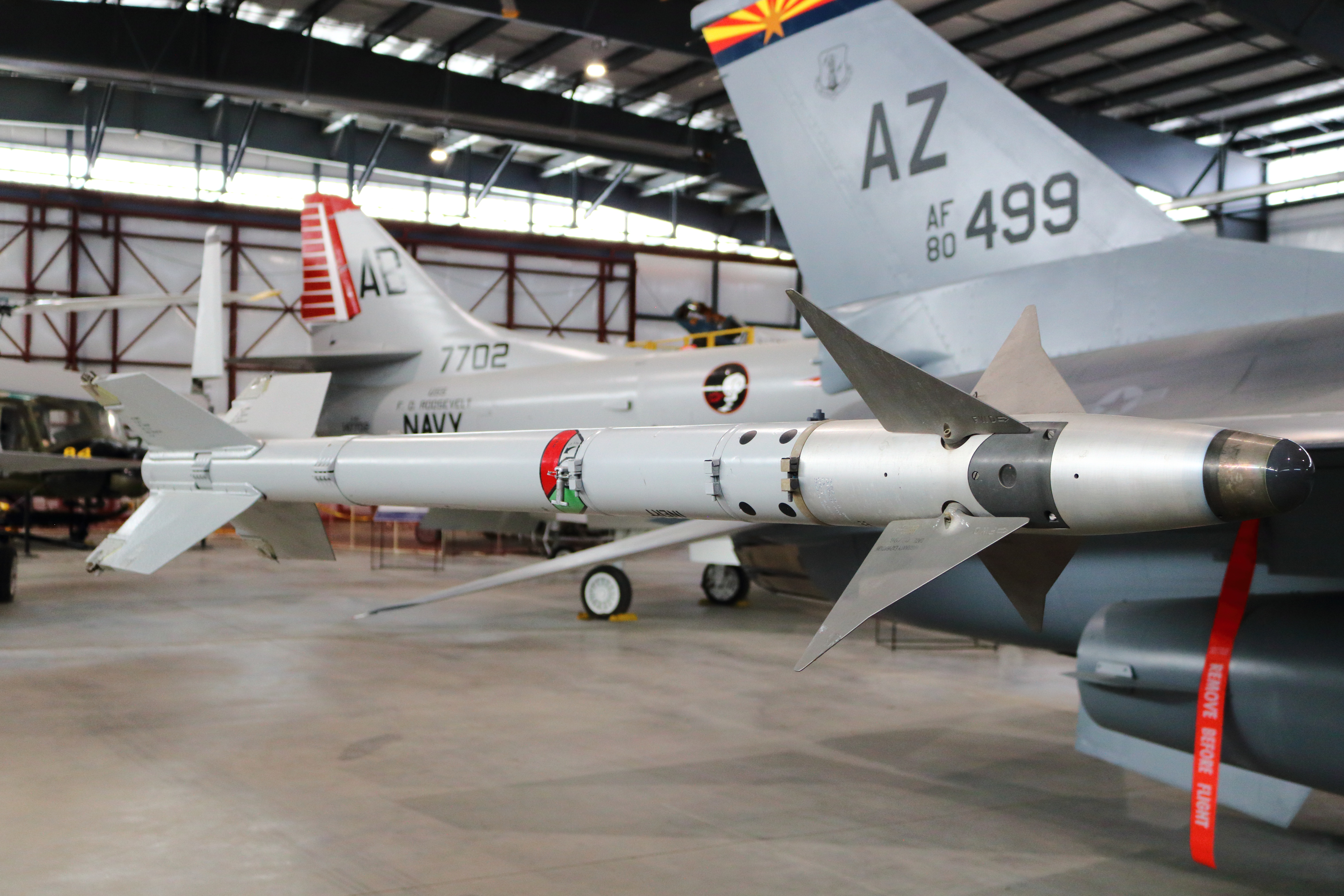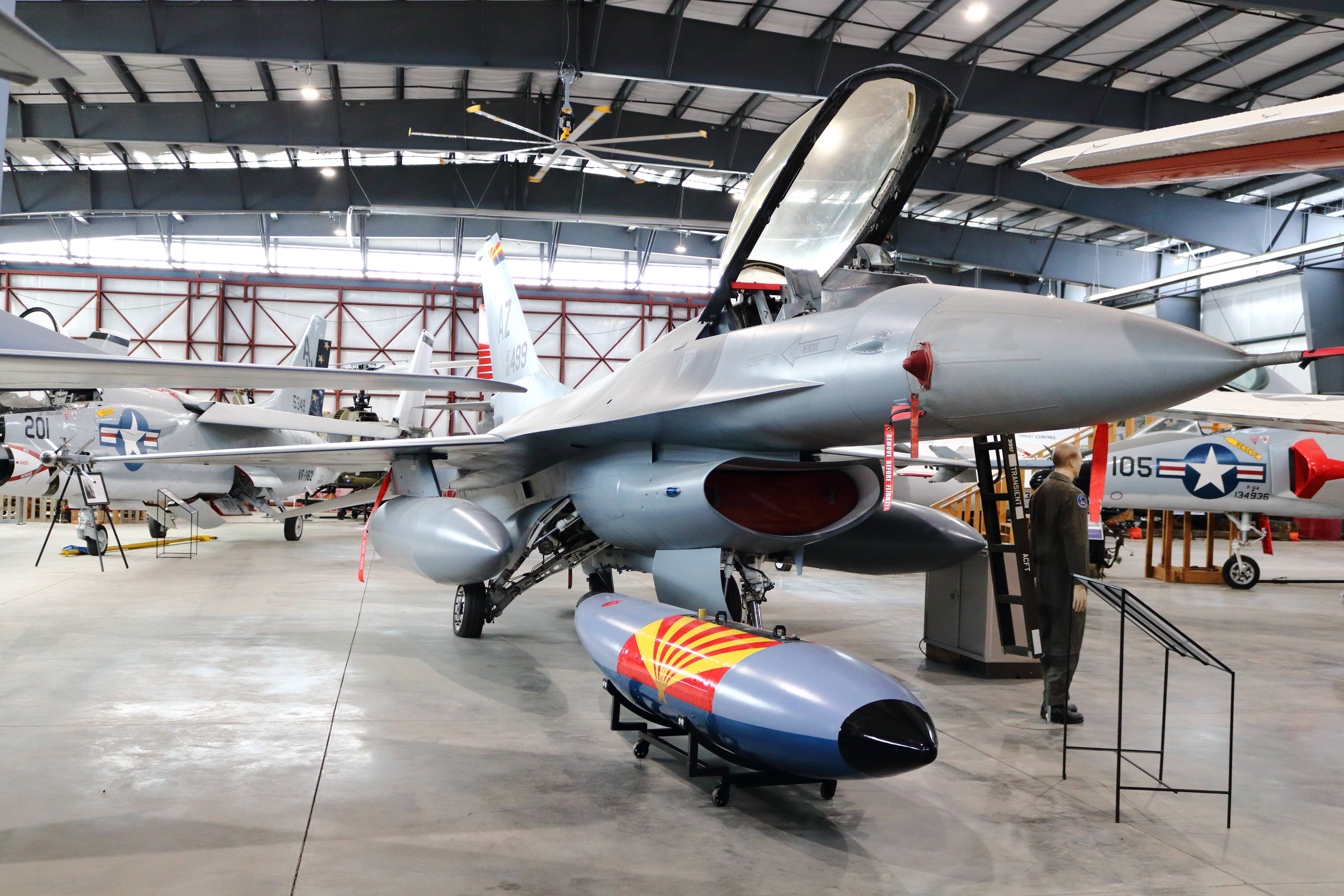Dear community,
i joined this Forum mainly because it contained so much wonderful drawings, details and pictures that can be used to draw and construct a scale missile. At this point kudos and many many thanks at all the contributors! Thanks!
While i did "build" and launch a few of the estes rockets back in my youth, i never really followed the rocketry anymore and grew more and more fond of radio controlled scale jets. While building some ordonance in various sizes, and also for a 1/6 scale F-16 Falcon, the idea grew that the two worlds had much similarity, and maybe my design could be used to make a superscale flying rocket model. I did make a variant that includes an electric smoker unit, so why not also put in a rocket motor and a parachute?
What do you think? What would be a desireable size? What motors can be used and what weiht would be the target to get it flying decently?
Here are some pictures of the work i have done, and also a short video of the unit smoking...
Cheers Hank







View attachment Smokewinder.mp4
i joined this Forum mainly because it contained so much wonderful drawings, details and pictures that can be used to draw and construct a scale missile. At this point kudos and many many thanks at all the contributors! Thanks!
While i did "build" and launch a few of the estes rockets back in my youth, i never really followed the rocketry anymore and grew more and more fond of radio controlled scale jets. While building some ordonance in various sizes, and also for a 1/6 scale F-16 Falcon, the idea grew that the two worlds had much similarity, and maybe my design could be used to make a superscale flying rocket model. I did make a variant that includes an electric smoker unit, so why not also put in a rocket motor and a parachute?
What do you think? What would be a desireable size? What motors can be used and what weiht would be the target to get it flying decently?
Here are some pictures of the work i have done, and also a short video of the unit smoking...
Cheers Hank







View attachment Smokewinder.mp4












